About a week ago I attended my first rodeo in Morgan, Utah. It definitely was a new cultural experience … and a huge learning experience as a photographer. When I was a kid I loved to photograph sports (yes, I was the photo-geek standing on the sidelines of the football games, dreaming of a career with Sports Illustrated) and this was a fun way to revisit that style of photography.
Some things I learned were mostly about how insufficient my Nikon D200 is for shooting fast-action low-light events. Both lenses I used were pretty fast (Nikon 24-70 f/2.8 & Sigma 70-200 f/2.8) but as the sun went down I found that even at my highest ISO (1600) I was getting speeds that were way too low for the lenses I was using (along with tons of noise). Now, don’t get me wrong, the D200 is a really good camera but it has its limits, especially after the sun had set and all that I had left to shoot with was the lights in the rodeo arena.
The good thing is that while the sun was still up I could get decent shutter speeds, but the bad thing is that the light was best as it started sinking over the horizon. My counterparts, Ann Torrence and Rich Legg, were both shooting with some nice equipment (a Nikon D700 and Canon 5D Mark II) so when the sun went down they were able to get into those higher ISO values and shoot away. So … what did I do?
Well, as you can see in the photo at the top of this post, I started to get creative. I couldn’t get fast enough to freeze the action after the sun went down (note the movement in the above image) so I tried to find other things within my surrounding that told a story. I also attempted some panning (as in the photo below) throughout the evening. I ended up having a really great time in spite of my camera limitations, and got some good shots. It forced me to try new things and not just to get the regular shots that I was expecting to take. Not everyone can own or can afford the top-of-the-line pro equipment … and I am no exception. :)
- Nikon D200; Lens: Nikon 24-70 f/2.8; Exposure: ISO 1600, 1/60 @ f/2.8
- Nikon D200; Lens: Sigma 70-200 f/2.8; Exposure: ISO 1600, 1/90 @ f/2.8
- Nikon D200; Lens: Sigma 70-200 f/2.8; Exposure: ISO 100, 1/30 @ f/22
BTW, if you are interested in learning more about “Rodeo Photography” Rich Legg has a post on his site with some good tips to get you started.
About a week ago I attended my first rodeo in Morgan, Utah. It definitely was a new cultural experience … and a huge learning experience as a photographer. When I was a kid I loved to photograph sports (yes, I was the photo-geek standing on the sidelines of the football games, dreaming of a career with Sports Illustrated) and this was a fun way to revisit that style of photography.
Some things I learned were mostly about how insufficient my Nikon D200 is for shooting fast-action low-light events. Both lenses I used were pretty fast (Nikon 24-70 f/2.8 & Sigma 70-200 f/2.8) but as the sun went down I found that even at my highest ISO (1600) I was getting speeds that were way too low for the lenses I was using (along with tons of noise). Now, don’t get me wrong, the D200 is a really good camera but it has its limits, especially after the sun had set and all that I had left to shoot with was the lights in the rodeo arena.
The good thing is that while the sun was still up I could get decent shutter speeds, but the bad thing is that the light was best as it started sinking over the horizon. My counterparts, Ann Torrence and Rich Legg, were both shooting with some nice equipment (a Nikon D700 and Canon 5D Mark II) so when the sun went down they were able to get into those higher ISO values and shoot away. So … what did I do?
Well, as you can see in the photo at the top of this post, I started to get creative. I couldn’t get fast enough to freeze the action after the sun went down (note the movement in the above image) so I tried to find other things within my surrounding that told a story. I also attempted some panning (as in the photo below) throughout the evening. I ended up having a really great time in spite of my camera limitations, and got some good shots. It forced me to try new things and not just to get the regular shots that I was expecting to take. Not everyone can own or can afford the top-of-the-line pro equipment … and I am no exception. :)
- Nikon D200; Lens: Nikon 24-70 f/2.8; Exposure: ISO 1600, 1/60 @ f/2.8
- Nikon D200; Lens: Sigma 70-200 f/2.8; Exposure: ISO 1600, 1/90 @ f/2.8
- Nikon D200; Lens: Sigma 70-200 f/2.8; Exposure: ISO 100, 1/30 @ f/22
BTW, if you are interested in learning more about “Rodeo Photography” Rich Legg has a post on his site with some good tips to get you started.

Nicole is a photographer, published author, and educator specializing in Lightroom, Photoshop, and photography. She is best known for her books on food photography but is widely versed in various photographic genres, including landscape, nature, stock, travel, and experimental imagery.

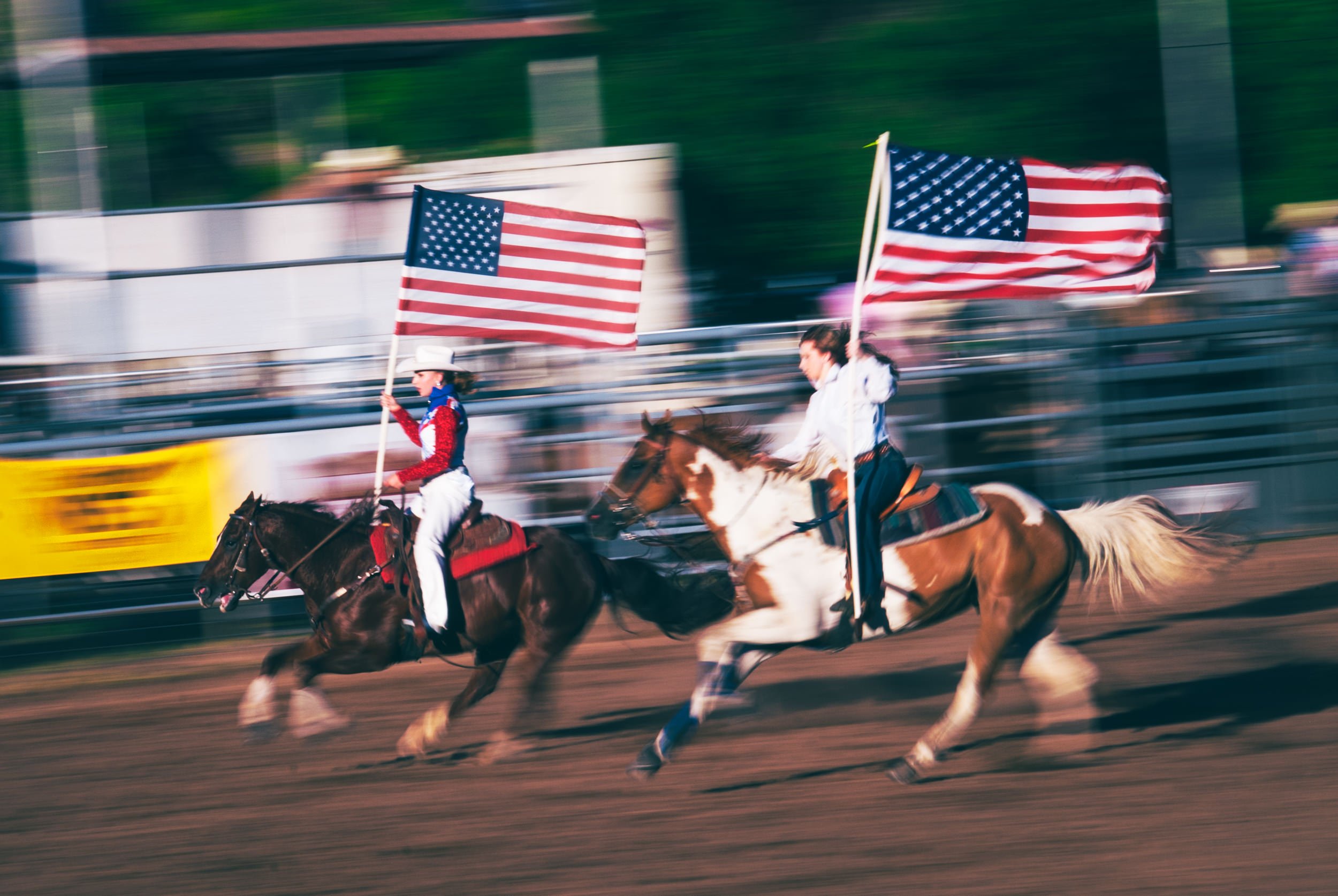
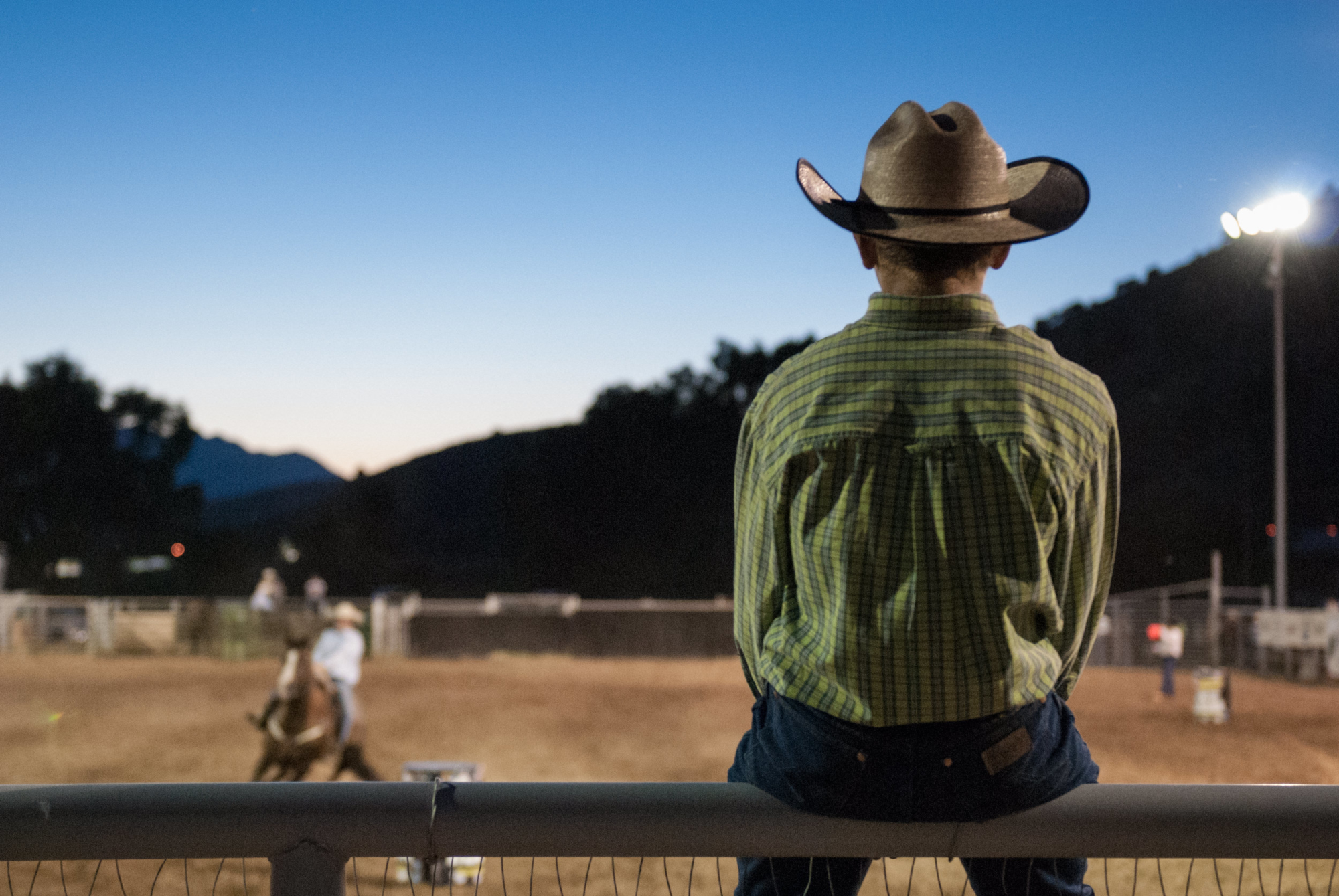
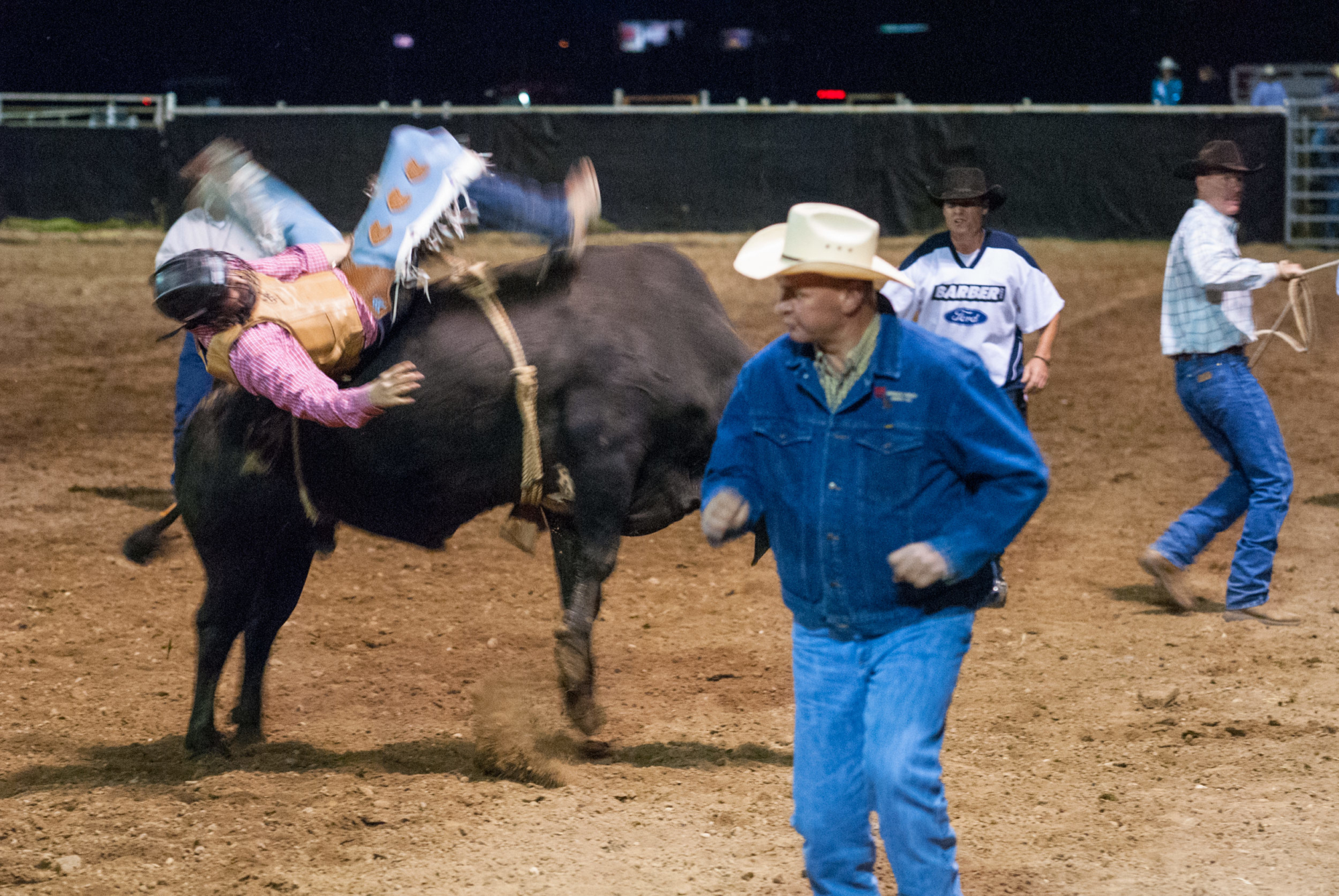
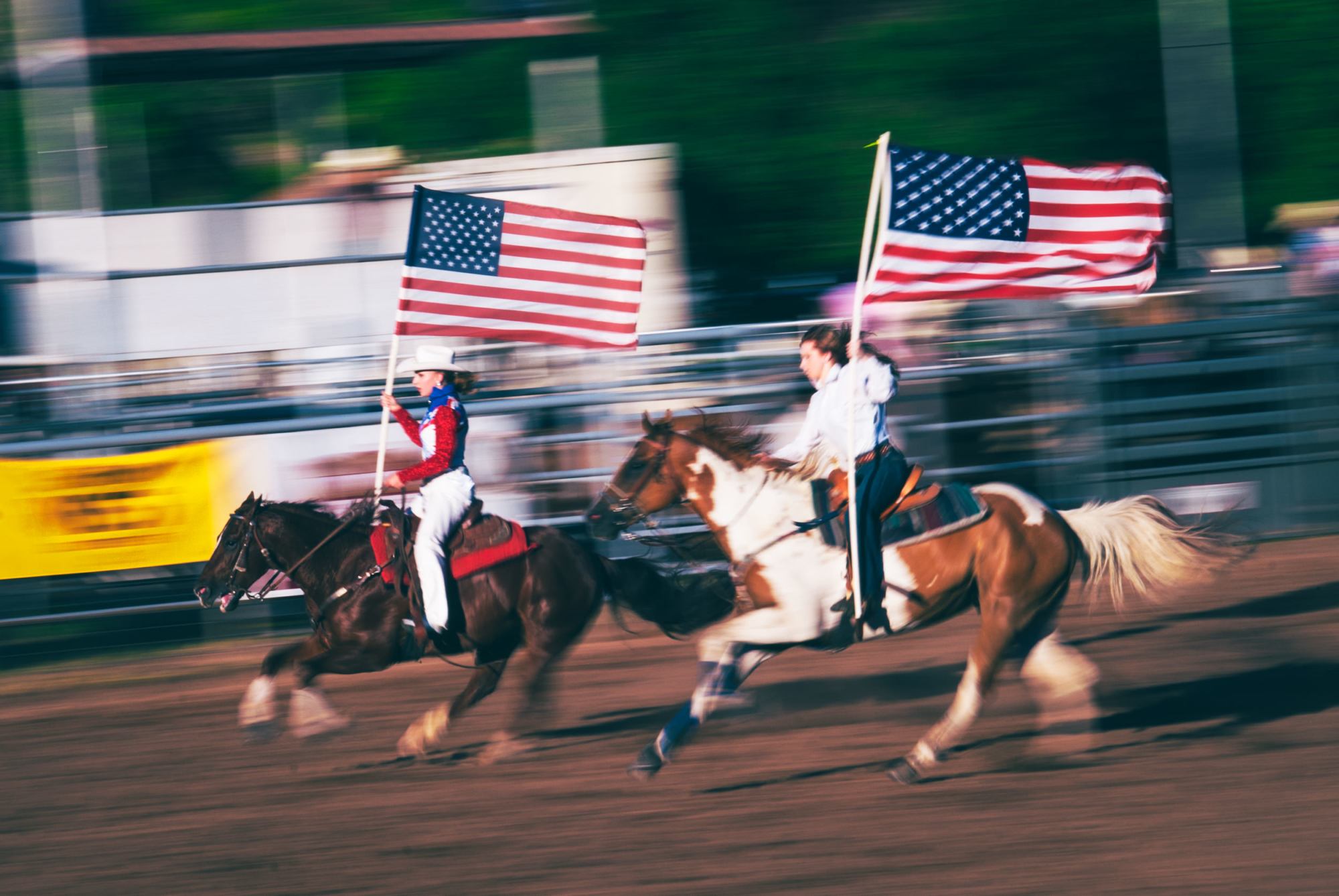
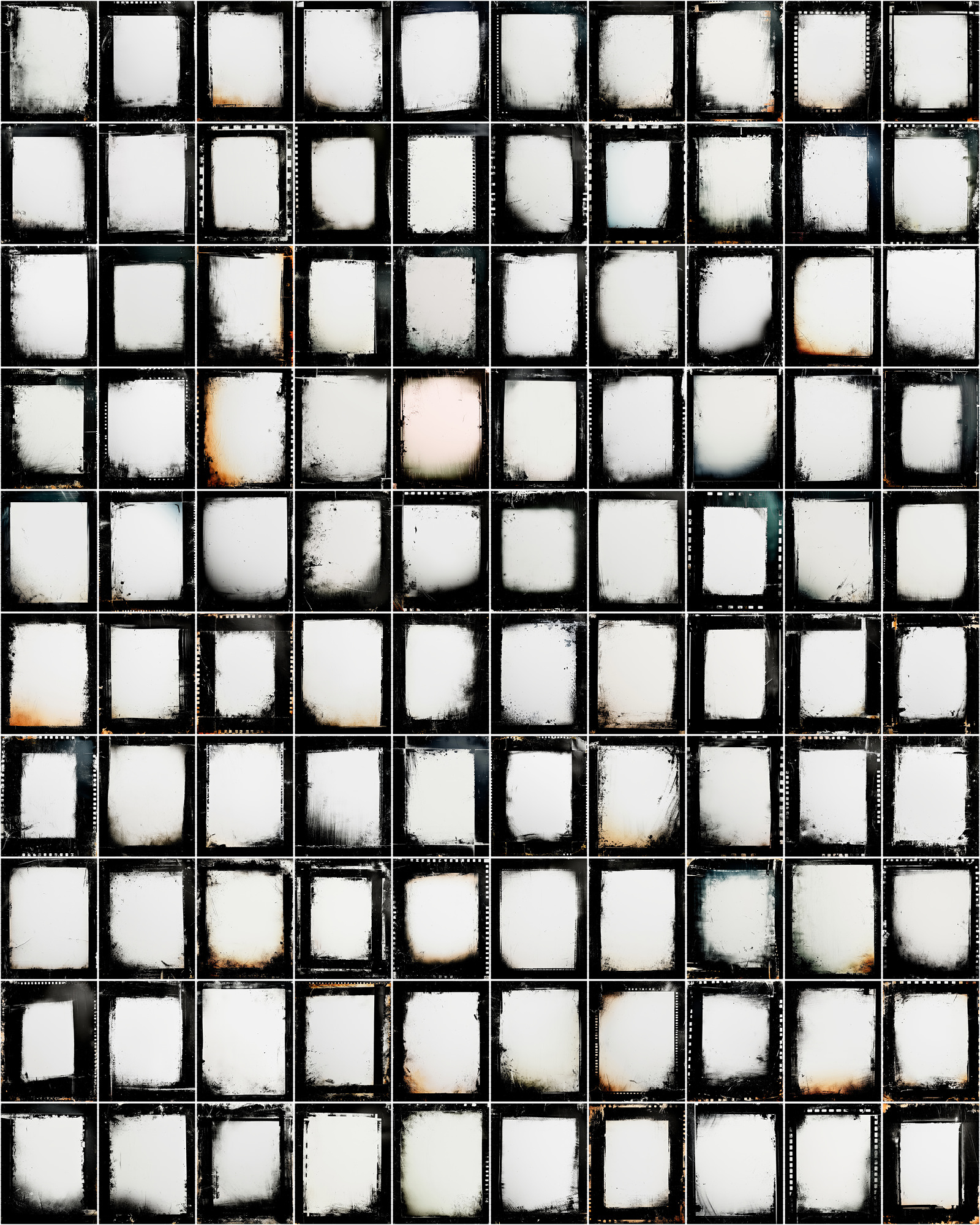
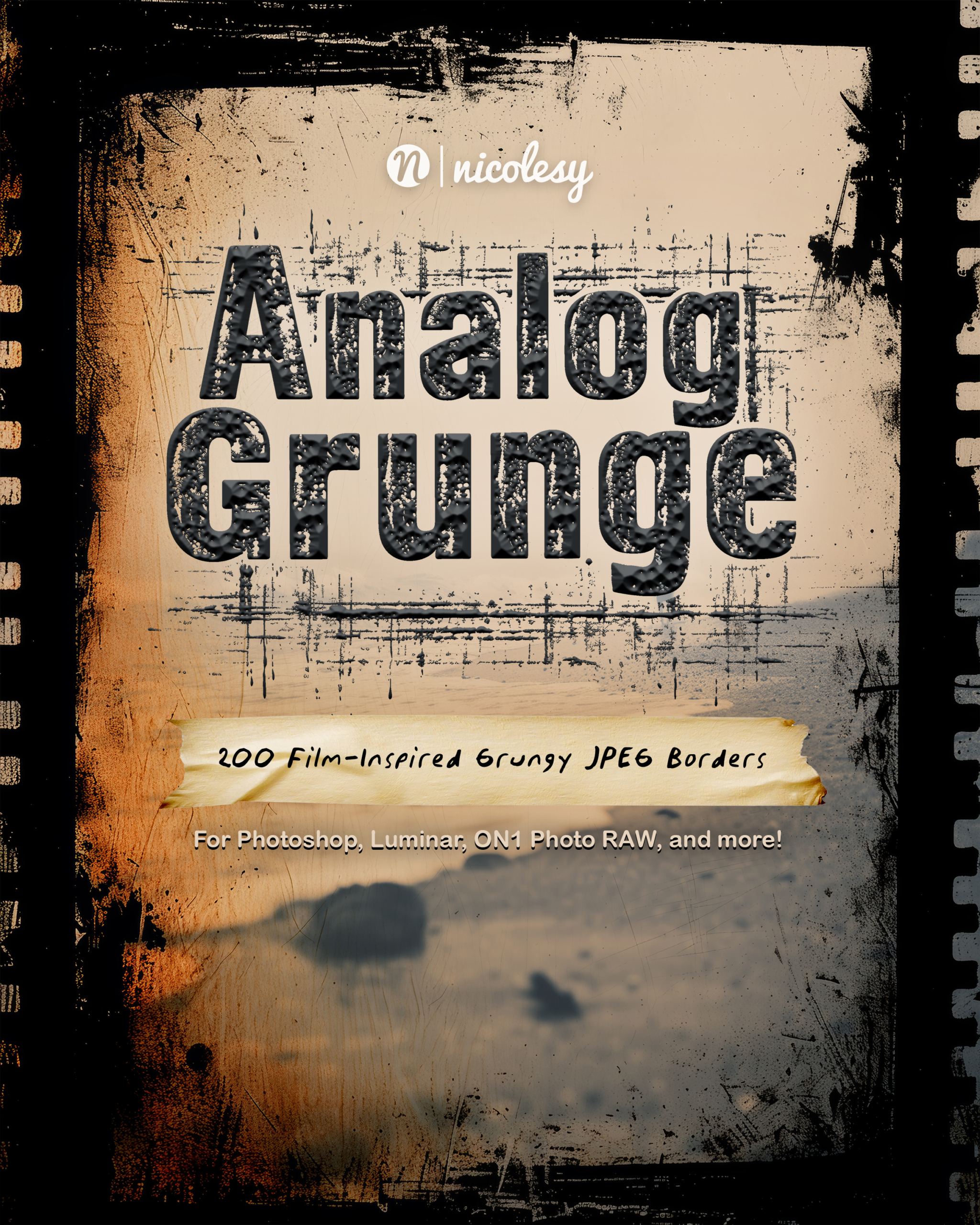
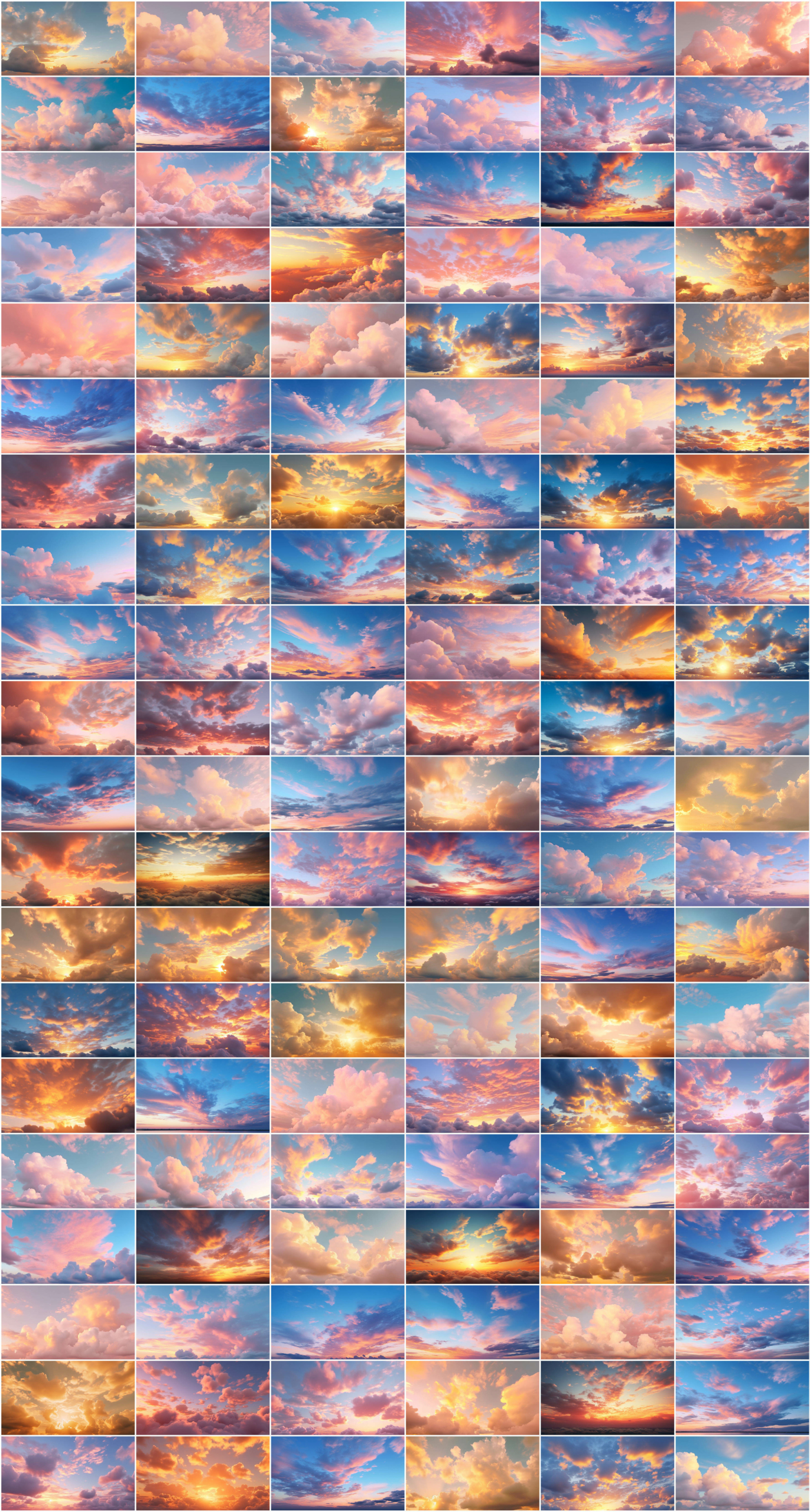
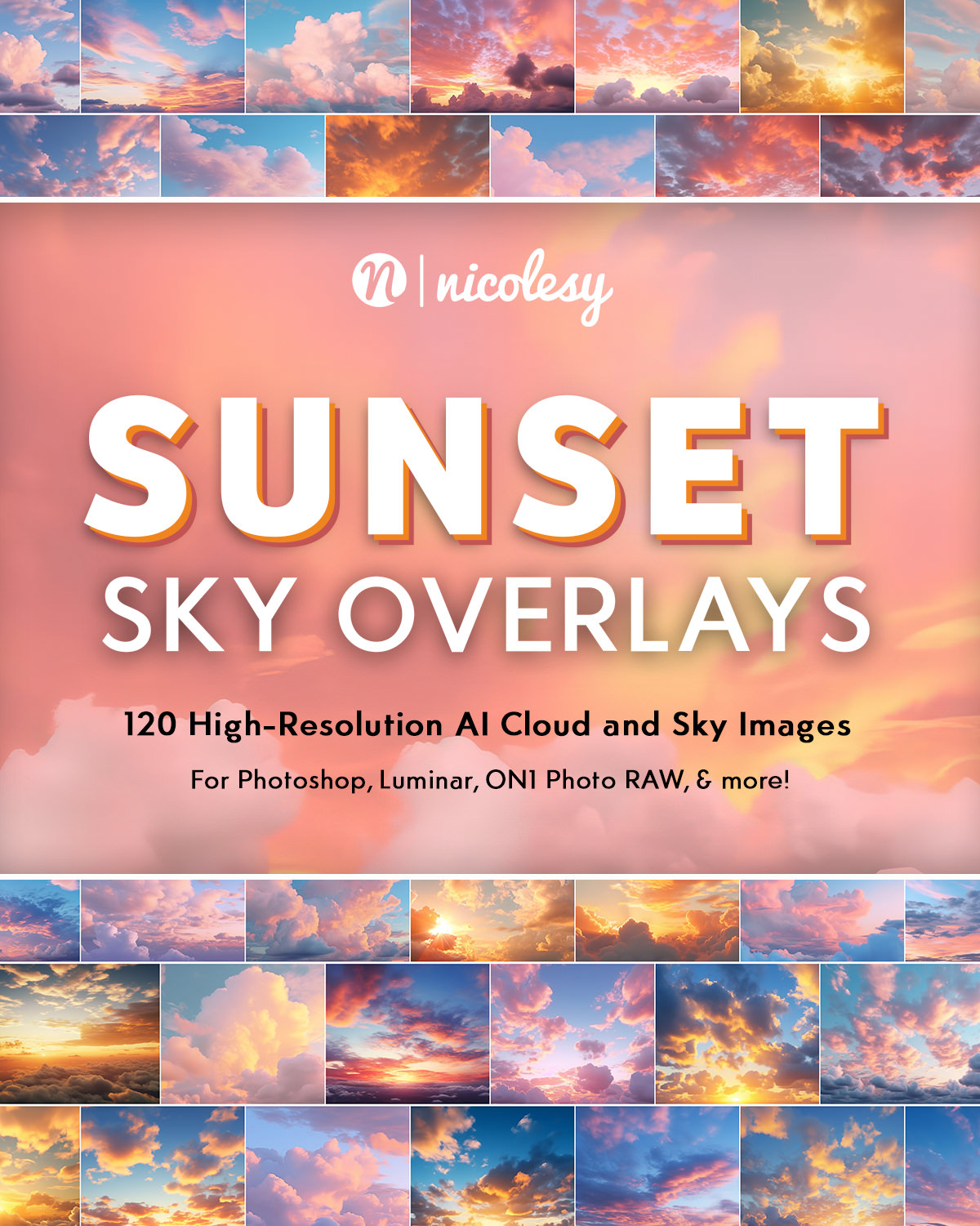

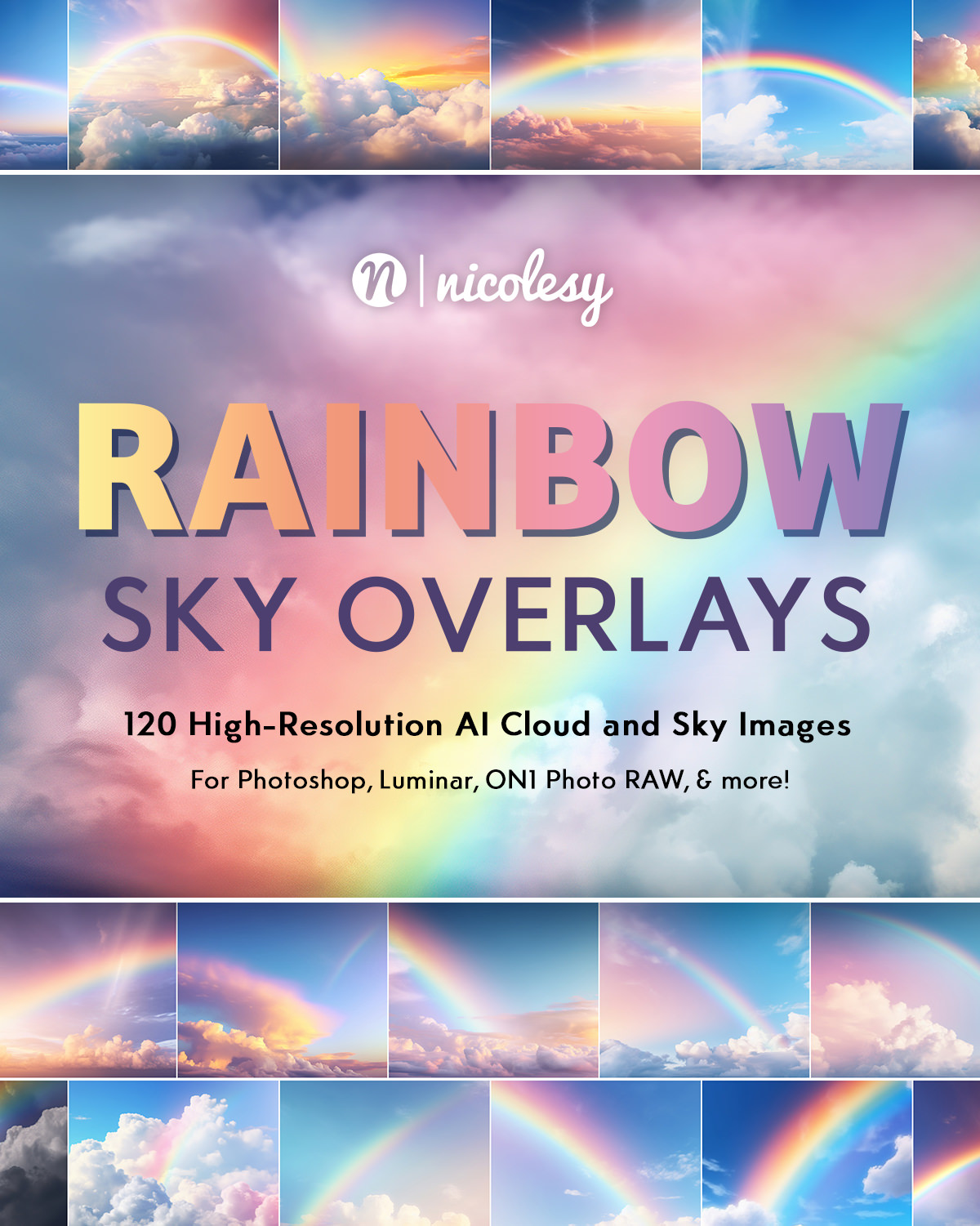
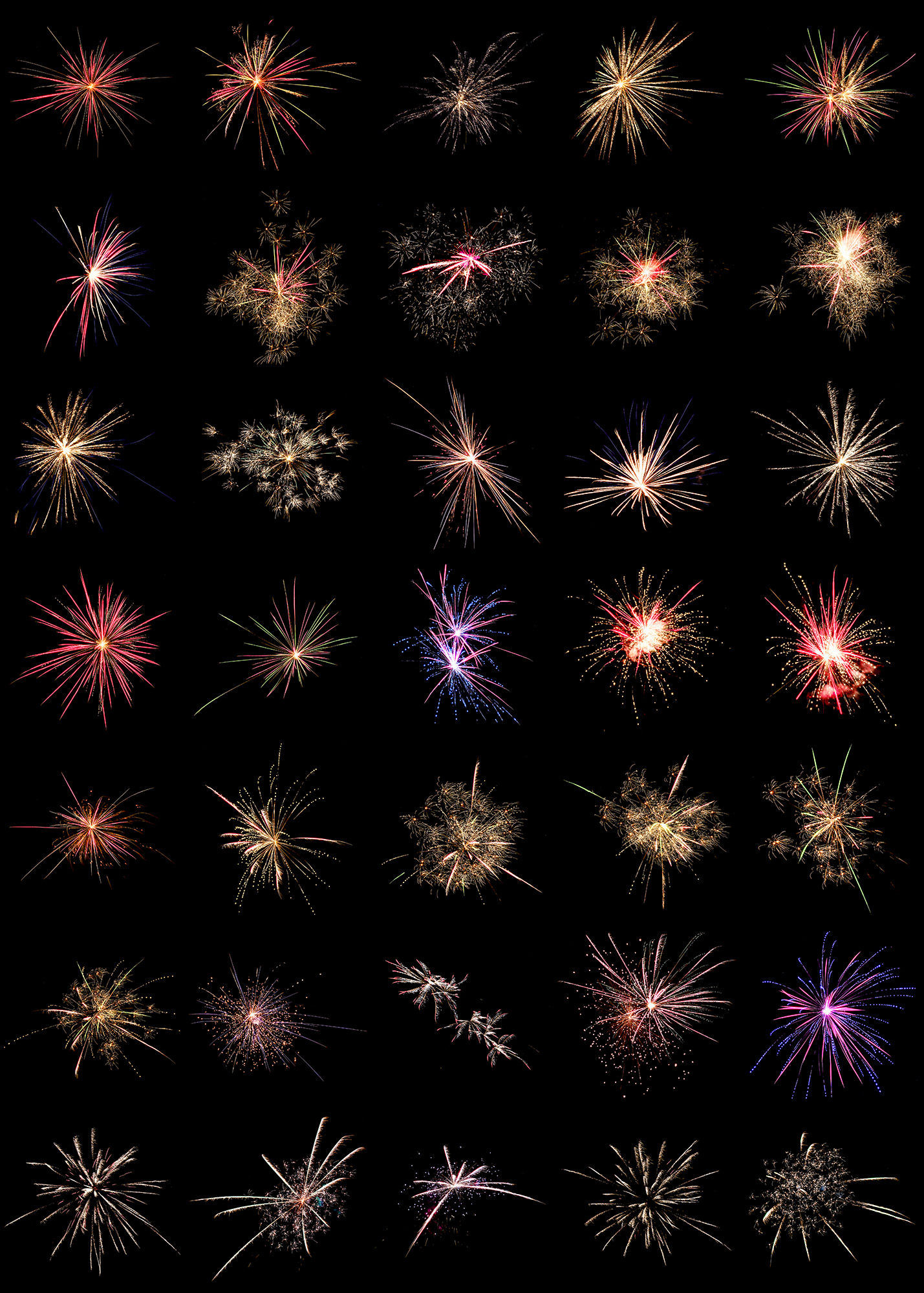
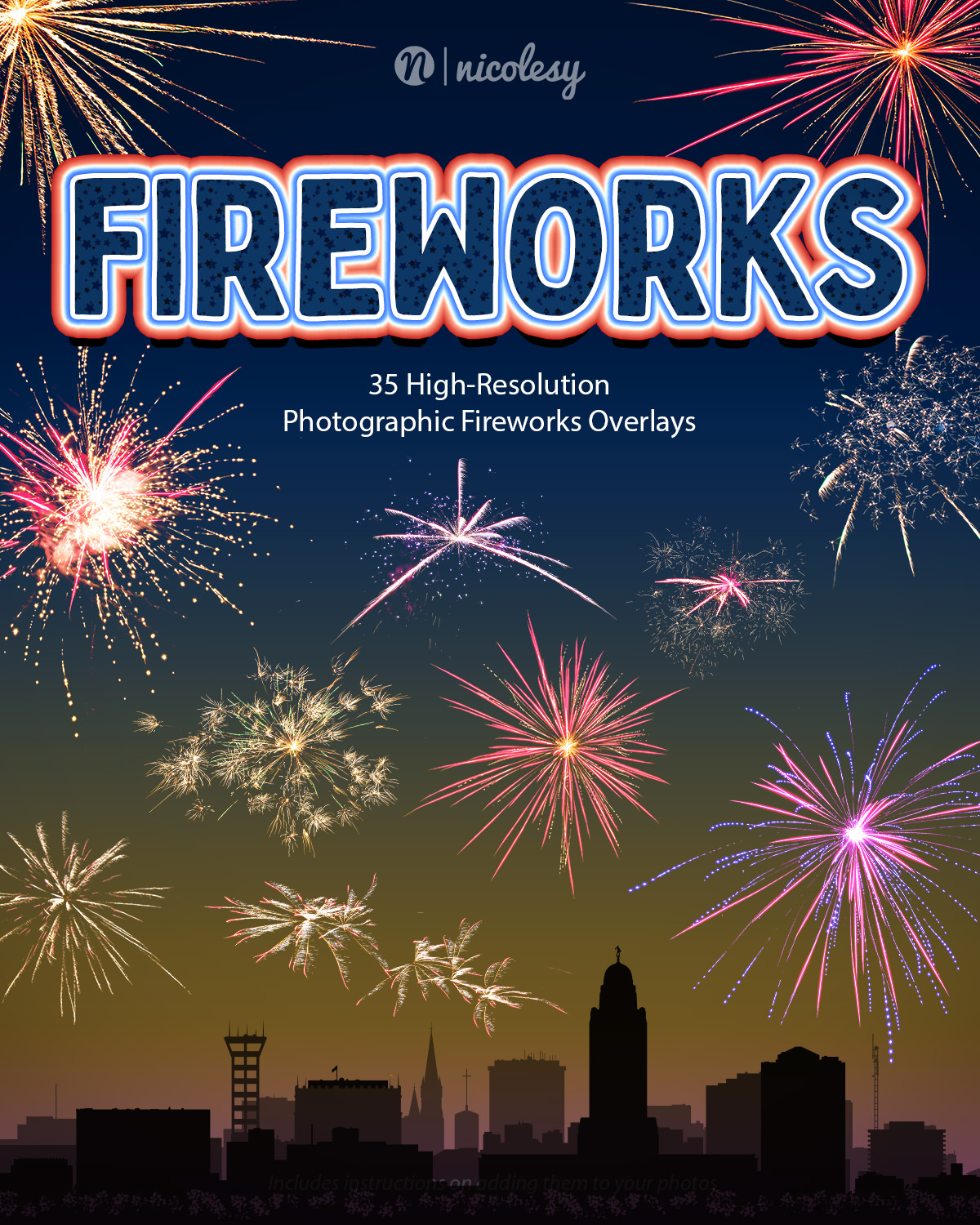
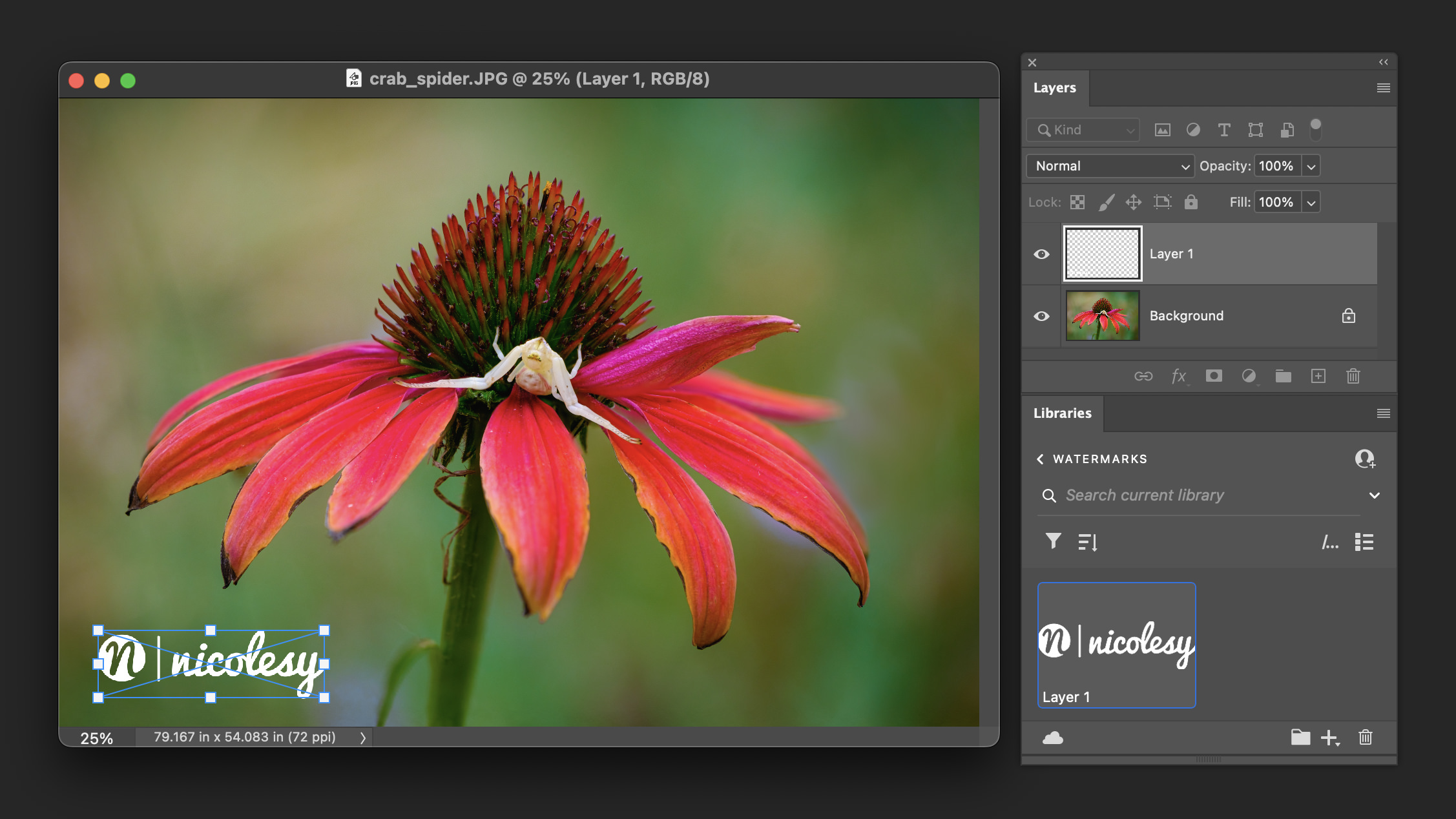
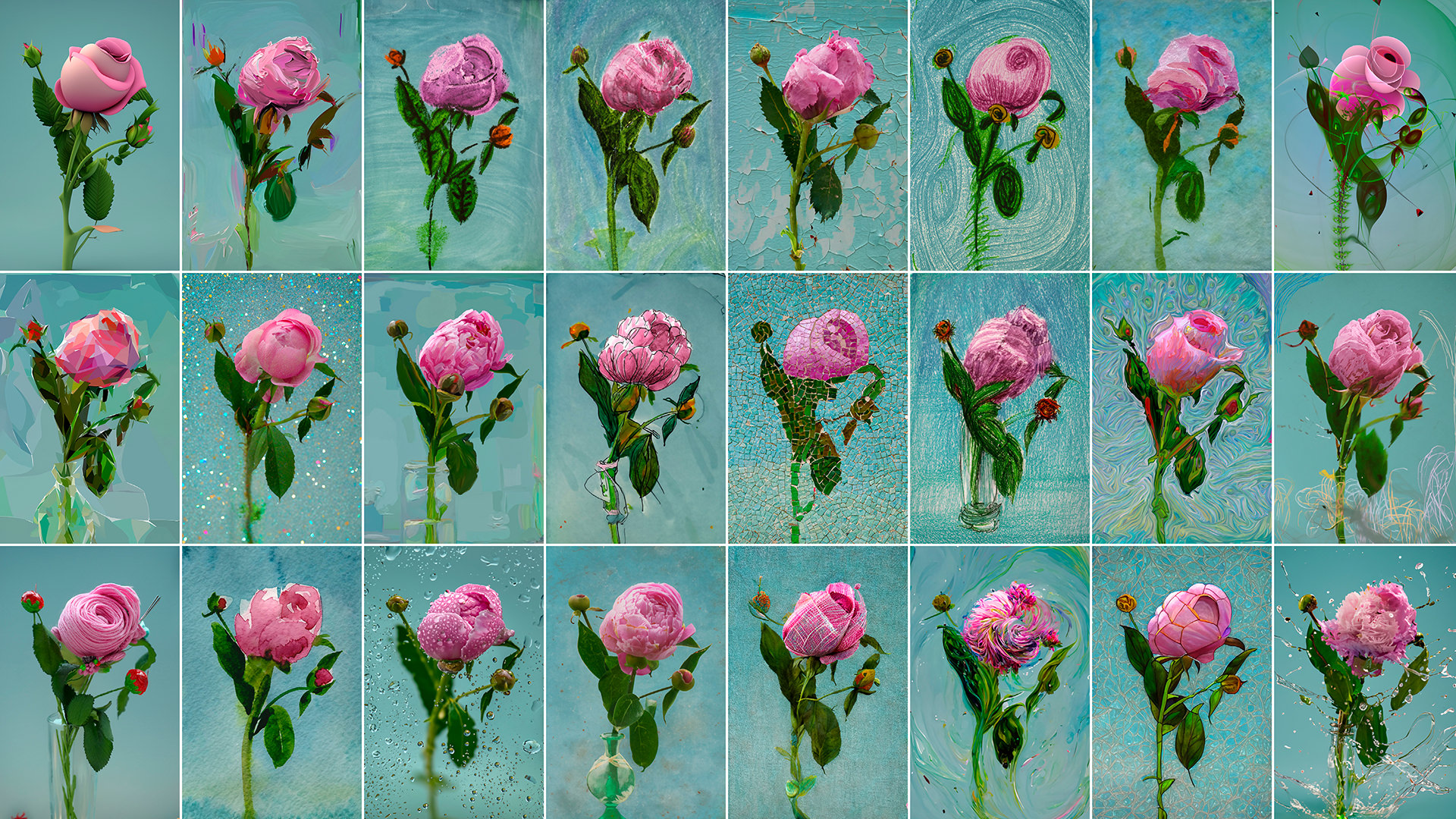
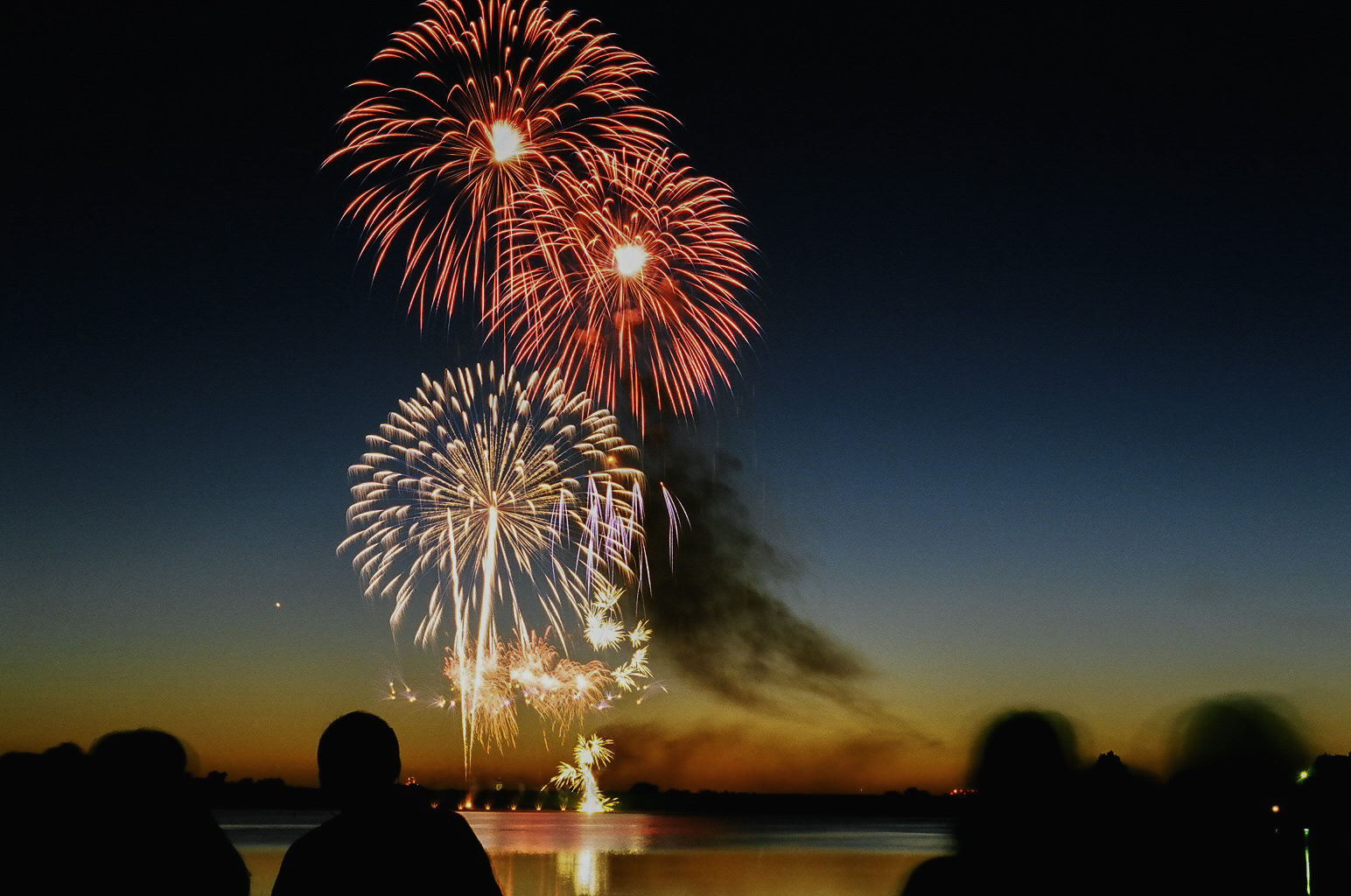
Great post Nicole. I share a lot of your sentiments. I shot the Lehi rodeo last week and had to run ISO3200. My aperture was at f4 AV priority mode the whole time and rarely got above 1/125th shutter. I had a great time though. You can see mine on my website or on my Flickr stream.
Sorry typed the website wrong.
coreylukephotography.com
I’m glad you persevered. I especially love the first shot, but the other 2 are excellent in that they convey the feeling of how fast things are moving at a rodeo.
As the great Wayne Gretsky said about hockey:
“You miss 100% of the shots you don’t take.”
The same can be said about photography. They may not turn out, but if you don’t take them, you’ll never know. Well done.
I should say I’m not a pro photographer, so maybe the thought process is different. I only started photography as a hobby last year. I have a D80 – one day I will move up to a D300, but that will likely be as much camera as I will use.
This website was… how do I say it? Relevant!! Finally I have found something that helped me. Cheers!